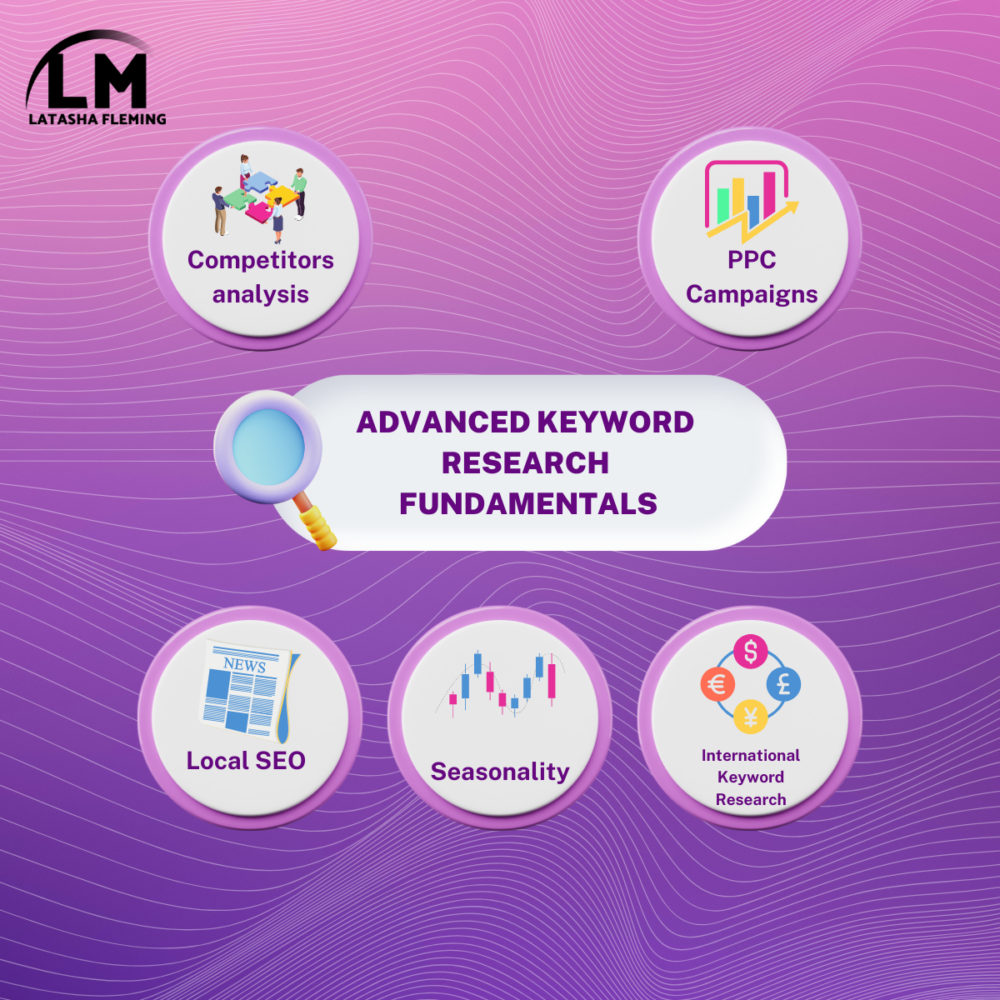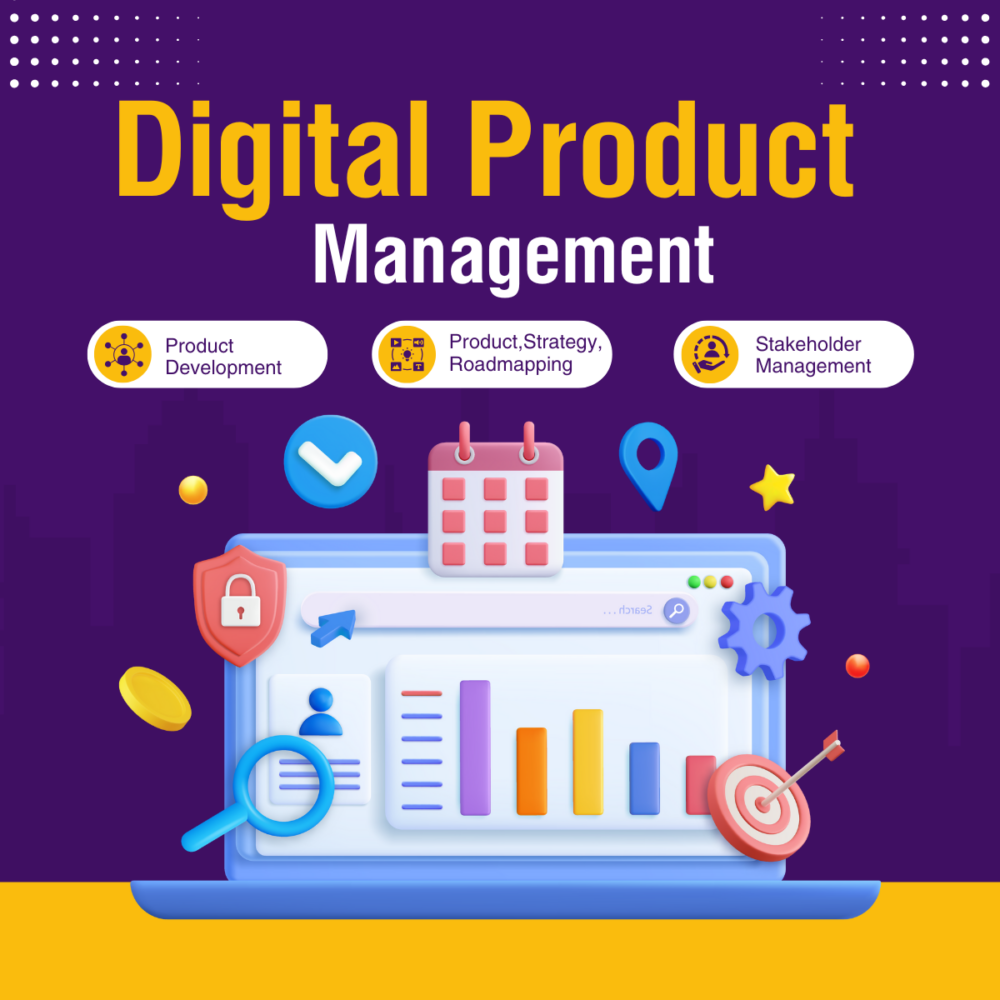Description
Chapter 1: Introduction to Monetization Strategies
- Overview: An introduction to the concept of monetization in the digital age. Discusses different types of monetization methods (e.g., ads, subscriptions, in-app purchases) and the importance of choosing the right strategy based on business models, target audience, and platform.
Chapter 2: Pricing Strategies
- Overview: A deep dive into pricing models and strategies, including freemium, tiered pricing, dynamic pricing, and psychological pricing. Discusses how to determine the optimal pricing structure that maximizes revenue while considering customer value and market demand.
Chapter 3: Advertising and Sponsorship
- Overview: Focus on monetization through advertising (e.g., display ads, video ads) and sponsorships. This chapter covers setting up ad networks, choosing between direct ad sales or ad exchanges, and how to attract and manage sponsors for content or platforms.
Chapter 4: In-App Purchases and Microtransactions
- Overview: Examining monetization through in-app purchases and microtransactions, a popular strategy for apps and games. This chapter covers designing the right in-app purchase system, optimizing user experience to encourage purchases, and balancing monetization with user satisfaction.
Chapter 5: Data Monetization
- Overview: Exploring how businesses can monetize data, including selling anonymized data, creating data-driven products or services, and using analytics to improve customer targeting. Discusses ethical considerations and data privacy laws.
Chapter 6: Platform Monetization
- Overview: Strategies for monetizing platforms, marketplaces, or SaaS products. This chapter covers subscription models, marketplace fees, service offerings, and how to monetize user-generated content or other community-driven platforms.
Chapter 7: Digital Marketing for Monetization
- Overview: How to leverage digital marketing techniques (SEO, social media marketing, content marketing, etc.) to support and drive monetization efforts. Discusses how to attract and engage users to convert them into paying customers or users for monetizable services.
Chapter 8: Customer Retention and Lifetime Value
- Overview: The importance of customer retention in monetization. This chapter covers strategies for improving customer lifetime value (CLV), reducing churn, and fostering loyalty through personalized experiences, subscription services, or reward programs.
Chapter 9: Emerging Trends in Monetization
- Overview: An exploration of the latest trends in monetization, including subscription fatigue, blockchain for payments, and the rise of virtual goods. This chapter discusses how to stay ahead of the curve and leverage emerging technologies and business models.
Chapter 10: Performance Evaluation and Optimization
- Overview: Techniques for measuring and optimizing the performance of monetization strategies. Includes tracking KPIs like conversion rates, customer acquisition costs (CAC), average revenue per user (ARPU), and optimizing these metrics to maximize profitability.
Chapter 11: Legal and Regulatory Considerations in Monetization
- Overview: The legal aspects of monetization, including data privacy laws (GDPR, CCPA), intellectual property, taxes, and digital content licensing. This chapter will also address ethical monetization practices and potential pitfalls.
Chapter 12: Case Studies and Best Practices in Monetization Strategies
- Overview: Real-world case studies of successful monetization strategies from various industries (e.g., mobile apps, digital platforms, content creators). Analyzes what worked, lessons learned, and how these strategies can be adapted for different business models.
Chapter 13: Final Project and Presentation
- Overview: A hands-on final project where participants apply the concepts learned throughout the course to develop a comprehensive monetization strategy for a business or platform. Participants will present their strategy and receive feedback from instructors and peers.








Reviews
There are no reviews yet.